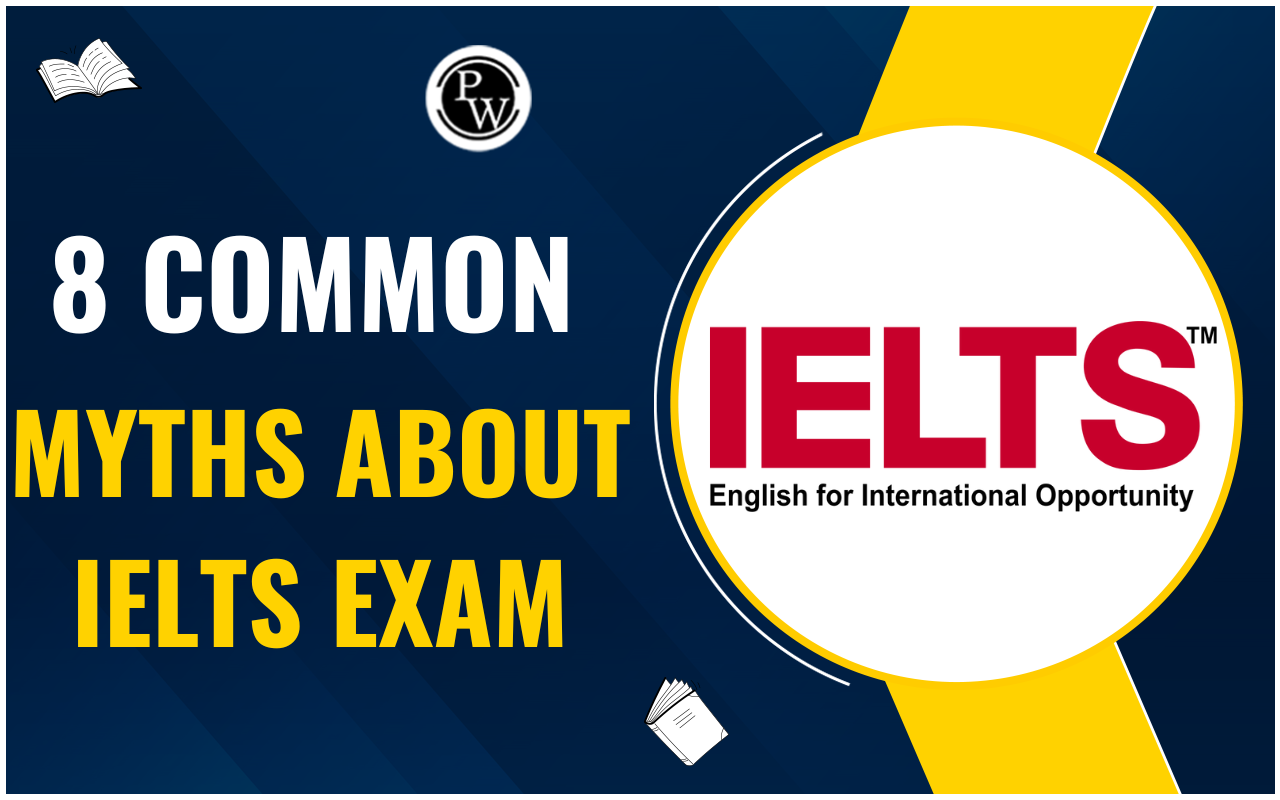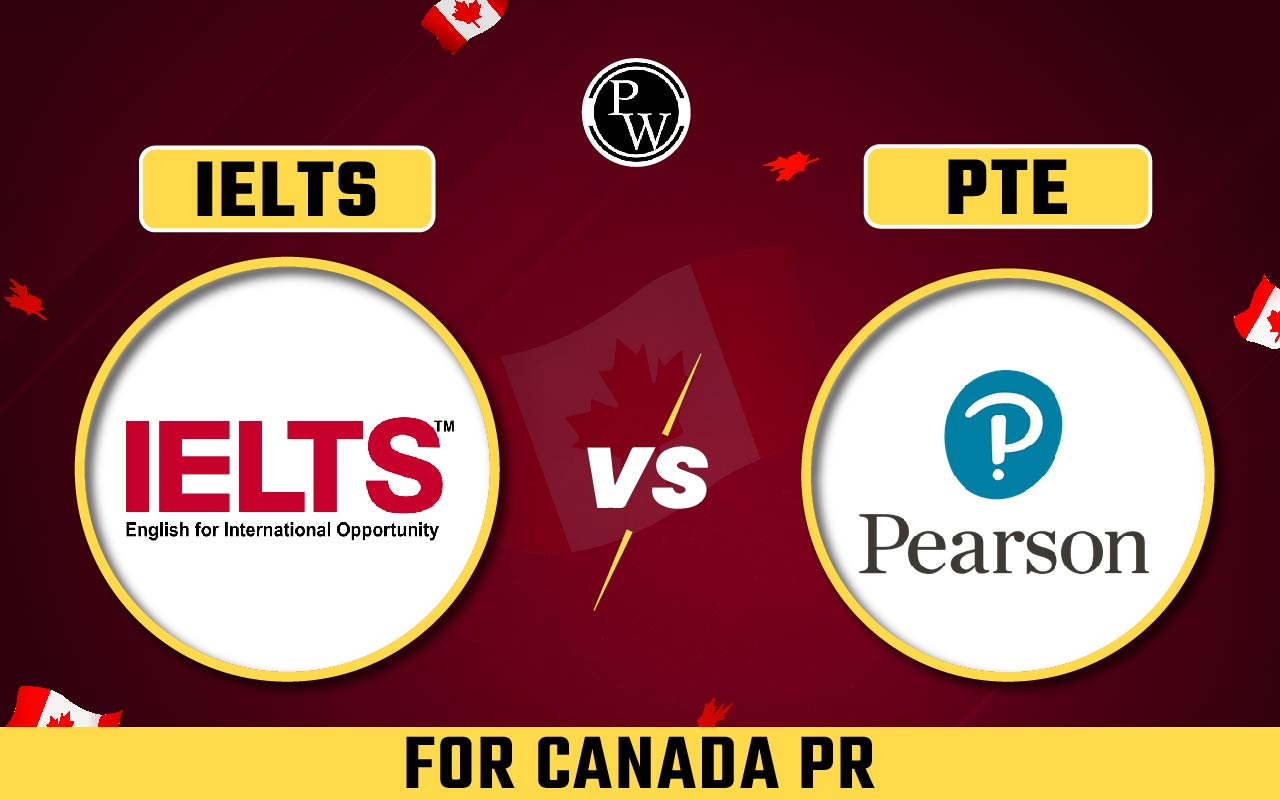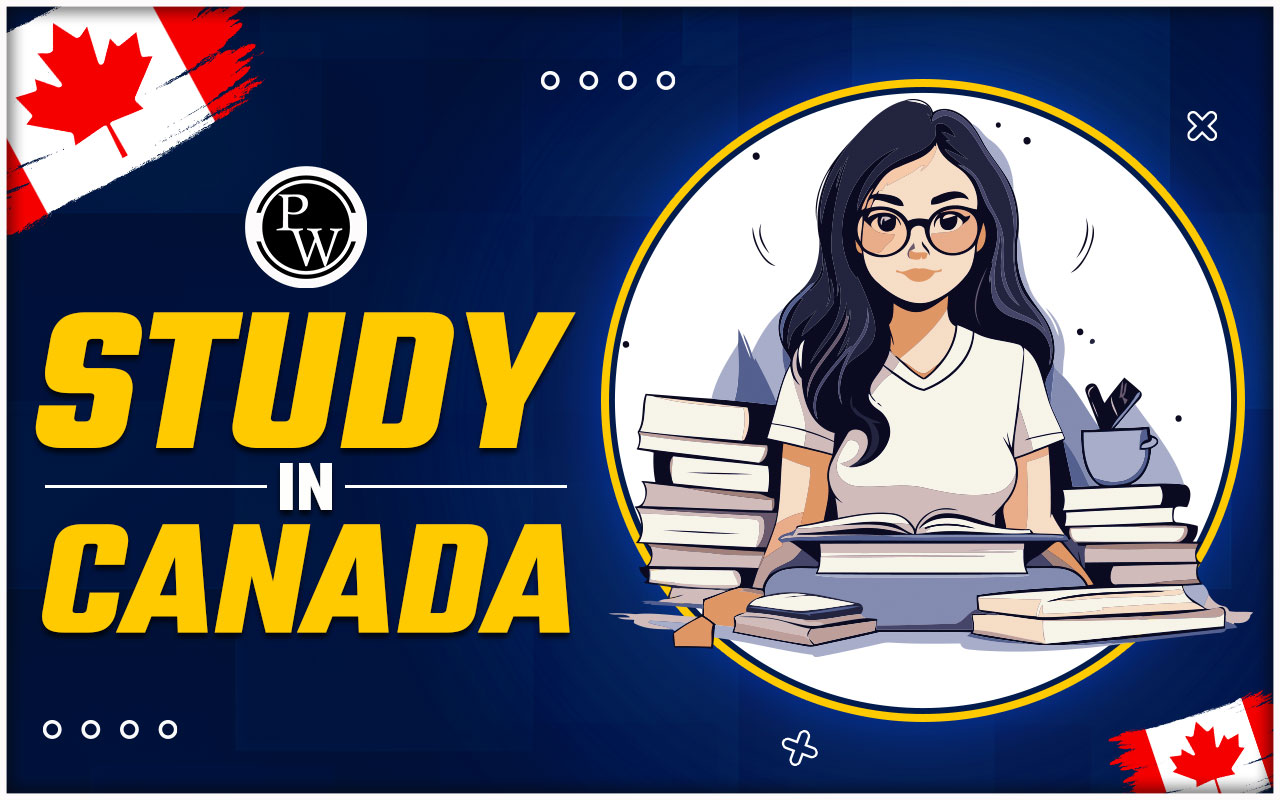

Much Ado About Almost Nothing Reading Answers: In the IELTS Academic Reading section, candidates are often tested on their ability to understand complex texts that discuss scientific, social, or technological issues. Much Ado About Almost Nothing is one such passage that compares public reactions to biotechnology and nanotechnology. This guide provides a complete set of Much Ado About Almost Nothing Reading Answers with detailed explanations. By analysing sample questions like matching features, sentence completion, and summary completion, this guide helps IELTS Reading test-takers develop strategies to tackle similar passages efficiently and accurately.
Free IELTS Reading Practice Tests
Much Ado About Almost Nothing Reading Answers Passage
You should spend about 20 minutes on Questions 1-13, which are based on the Reading Passage below.
Much Ado about Almost Nothing
A. The time for discussion of the rights and wrongs of GM crops has passed. Intense and consistent economic sabotage and intimidation are what will make the commercialisation of GM crops an unattractive option.
B. Words like these, from an article in the current edition of Earth First!, a radical environmental journal, send shivers down the spines of those involved in commercialising biotechnology. The strength of public disapproval of genetically modified organisms (GMOs) was a shock and a surprise to most of those involved. Now, some people are wondering whether nanotechnology – a term that covers the manipulation of matter at scales of a millionth of a millimetre — could be in for similar treatment and, if so, whether there are lessons that its protagonists can learn from the public backlash against biotechnology.
Profit of Doom
C. In a neglected corner, amid thousands of participants at a Nanotech conference held in Boston last week, Jeffrey Matsuura, a law professor at the University of Dayton, in Ohio, stood next to his unprepossessing poster of his work. His warning, however, was pertinent to everyone there — especially the investors who were scouring the conference for opportunities. And this is that several of the factors that created a public backlash against biotechnology are already at work within nanotechnology. Dr. Matsuura says that biotechnologists assumed that the public would quickly recognise and appreciate biotech’s potential for improving the quality of life. Instead, the risks captured the attention of the media and much of the general public. Well-fed European consumers met the suggestion of cheaper food, in particular, with scepticism. Many felt that the gains would accrue to the companies which had developed GMO, while the risks of growing and consuming the crops would be taken on by the public.
D. Dr. Matsuura believes that public perception of nanotechnology is developing along a similar track. Like those of biotechnology, the first applications of nanotechnology will bring little obvious benefit to consumers. Better, cheaper materials, and hidden manufacturing efficiencies that benefit producers first, are redolent of the ‘advantages’ of biotech — namely reduced applications of agricultural chemicals, which help to keep the cost down while raising yields. Obvious consumer benefits, such as improvements in medicine, are further away.
E. This should not matter ~ consumers do benefit eventually, even from cost savings. And yet, in alliance with a feeling that there are hazards involved, an absence of immediate benefits could turn public opinion against nanotech quite rapidly. And potential hazards there are. Concerns over out-of-control, self- replicating ‘nanobots’ that would eventually consume and transform the entire planet into a ‘grey goo’ are absurd. And yet, it is true that novel ‘nanoparticles’ might have real toxicological risks.
F. Nanoparticles are so small that, if inhaled, they could become lodged in the lungs. In theory, they are small enough to enter living cells and accumulate there. And in January Ken Donaldson, a professor of respiratory toxicology at the University of Edinburgh, told a Royal Institution seminar in London that, once inhaled, ultrafine carbon particles can move to the brain and blood.
G. There are already several products that use nanoparticles already on the market, such as sunscreen and car parts. Though all this may sound alarming, people are already exposed to nanoparticles of many different kinds, and have been throughout history. Soot, for example, is composed of carbon nanoparticles. Nevertheless, nanoparticles from sources such as diesel soot, welding fumes and photocopier toner are already associated with ill-health. The prospect of more such particles is likely to worry many. No wonder that several people at the conference in Boston mentioned the need to address public fears over nanotechnology “aggressively”.
H. One of these was Clayton Teague, the director of America’s National Nanotechnology Coordination Office. He says the American government is as sensitive to any indication of true health risk as any member of the public. Several large and well-funded studies on the environmental and health risks of nanotechnology are now under way.
I. Dr. Teague adds that any decisions about nanotechnology will be made carefully and based on solid scientific data. But even if science gives the go-ahead, another one of Dr. Matsuura’s lessons is that this might not necessarily win the day, and that fear over potential abuses and accidents may dominate the debate.
J. One piece of advice Dr. Matsuura gives is that everyone involved should have a consistent message. If investors are told a technology will change the world, someone who is concerned about the risks cannot then be told that the same technology is no big deal. It strikes a false note to say that something can be both revolutionary and nothing to worry about, he says. Such inconsistencies will breed public mistrust and fear.
Product Placement
K. Donald Reed is a senior consultant with Ecos,a business-advisory firm based in Sydney, Australia, that acts as an intermediary between corporations and activists. Mr. Reed goes as far as to recommend that companies think about the early products they choose to pursue — in particular, whether they can demonstrate the “societal value” of these products. For example, it might be worth emphasising that one of the early products of nanotechnology could be cheap and efficient photovoltaic materials, which are used to generate electricity from sunlight.
Also Read:
Much Ado About Almost Nothing Reading Answers Sample Questions
IELTS Reading – Matching Features (Questions 1–4)
Instructions:
Look at the following people and the list of statements below.
Match each person with the correct statement, A–E.
Write the correct letter A–E in boxes 1–4 on your answer sheet.
NB: You may use any letter more than once.
People
-
Jeffrey Matsuura
-
Ken Donaldson
-
Clayton Teague
-
Donald Reed
Statements
A. Believes that products should show social usefulness to gain acceptance.
B. Warns that early applications of nanotechnology may not benefit consumers directly.
C. Emphasises that health-related decisions must rely on scientific data.
D. Warned that some nanoparticles can reach sensitive parts of the human body.
E. Advises that inconsistent communication about technology causes mistrust.
IELTS Reading – Sentence Completion (Questions 5–8)
Instructions:
Complete the sentences below.
Choose NO MORE THAN TWO WORDS from the passage for each answer.
Write your answers in boxes 5–8 on your answer sheet.
-
The public viewed the benefits of GMO as favouring _________ rather than themselves.
-
Risks from biotechnology received more _________ than the benefits.
-
Some people fear nanobots could turn the Earth into _________.
-
Carbon nanoparticles like _________ have been present in the environment for a long time.
IELTS Reading – Summary Completion (Questions 9–13)
Instructions:
Complete the summary below.
Choose NO MORE THAN TWO WORDS from the passage for each answer.
Write your answers in boxes 9–13 on your answer sheet.
Nanotechnology and Public Concerns
At a conference in Boston, experts warned that nanotechnology may face public opposition similar to that of biotechnology. One reason is that its early benefits may mainly support 9. _________ rather than consumers. Some fear that unknown hazards might arise, even though extreme ideas like the spread of 10. _________ are unrealistic. Still, there are concerns, as nanoparticles could lodge in the lungs or even reach the 11. _________. Though many nanoparticles already exist in the environment, others — like those from diesel and toner — are associated with 12. _________. To ease fears, researchers stress the need for 13. _________ based on scientific evidence before making decisions.
Much Ado About Almost Nothing Reading Answers with Explanations
IELTS Reading – Matching Features (Questions 1–4)
1. Jeffrey Matsuura - B
Answer: B. Warns that early applications of nanotechnology may not benefit consumers directly.
Location: Paragraph D
Explanation: It states, "Like those of biotechnology, the first applications of nanotechnology will bring little obvious benefit to consumers." This matches the idea that early benefits won't help consumers much, which Dr. Matsuura emphasised.
2. Ken Donaldson - D
Answer: D. Warned that some nanoparticles can reach sensitive parts of the human body.
Location: Paragraph F
Explanation: “...ultrafine carbon particles can move to the brain and blood,” clearly shows Ken Donaldson’s concern that nanoparticles can reach crucial areas of the body.
3. Clayton Teague - C
Answer: C. Emphasises that health-related decisions must rely on scientific data.
Location: Paragraph I
Explanation: “...any decisions about nanotechnology will be made carefully and based on solid scientific data.” Dr. Teague highlights the need for decisions to be evidence-based.
4. Donald Reed - A
Answer: A. Believes that products should show social usefulness to gain acceptance.
Location: Paragraph K
Explanation: “Mr. Reed goes as far as to recommend that companies think about... whether they can demonstrate the 'societal value' of these products.” This clearly shows his belief in promoting social value to the public.
IELTS Reading – Sentence Completion (Questions 5–8)
Choose NO MORE THAN TWO WORDS from the passage.
5. companies
Location: Paragraph C
Text: “Many felt that the gains would accrue to the companies which had developed GMO…”
Explanation: The public thought the benefits of GMOs would go to companies, not them.
6. attention
Location: Paragraph C
Text: “…the risks captured the attention of the media and much of the general public.”
Explanation: The risks of biotech gained more attention than the potential benefits.
7. grey goo
Location: Paragraph E
Text: “…‘nanobots’ that would eventually consume and transform the entire planet into a ‘grey goo’…”
Explanation: A well-known fictional fear about out-of-control nanotechnology.
8. soot
Location: Paragraph G
Text: “Soot, for example, is composed of carbon nanoparticles.”
Explanation: Soot is a natural example of carbon nanoparticles already in the environment.
IELTS Reading – Summary Completion (Questions 9–13)
Choose NO MORE THAN TWO WORDS from the passage.
9. producers
Location: Paragraph D
Text: “…benefit to producers first…”
Explanation: Early nanotech benefits help producers, not consumers.
10. grey goo
Location: Paragraph E
Text: “…eventually consume and transform the entire planet into a ‘grey goo’…”
Explanation: Although unrealistic, this fear is often associated with nanotechnology.
11. brain
Location: Paragraph F
Text: “…ultrafine carbon particles can move to the brain and blood.”
Explanation: Shows the danger of nanoparticles travelling within the human body.
12. ill-health
Location: Paragraph G
Text: “…associated with ill-health.”
Explanation: Diesel soot and other fine particles are linked to health issues.
13. solid scientific data
Location: Paragraph I
Text: “…based on solid scientific data.”
Explanation: Public decisions about nanotech should rely on scientific research.
| IELTS Reading Band Score | IELTS Listening Band Score |
| IELTS Speaking Band Score | IELTS Writing Band Score |
Guidance of PW IELTS
Physics Wallah offers a few popular online IELTS courses for all students. Follow the latest IELTS articles to better prepare for the exam.
| IELTS Registration | IELTS Eligibility Criteria |
| IELTS Exam Pattern | IELTS Syllabus |
| IELTS Exam Dates | IDP IELTS Test Centers |












